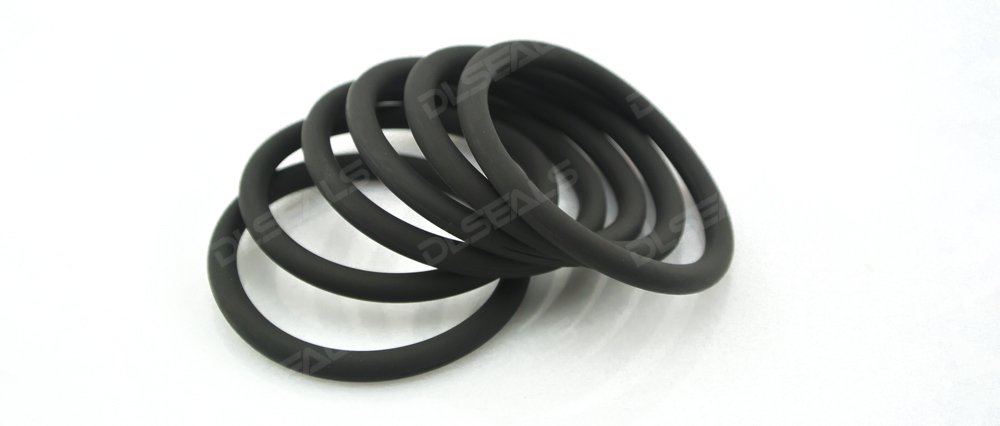Introduction:
Rubber seals play a crucial role in various industries, serving as the first line of defense against leaks, contamination, and environmental factors. Understanding the power and potential of rubber seals is essential for engineers, manufacturers, and anyone involved in machinery and equipment maintenance. In this comprehensive guide, we delve into the world of rubber seals, exploring their applications, benefits, and best practices for selection and installation.
Applications of Rubber Seals:
Rubber seals find applications across a wide range of industries, including automotive, aerospace, manufacturing, and construction. They are commonly used in engines, hydraulic systems, pumps, valves, and pipelines to prevent fluid leakage and ensure optimal performance. Additionally, rubber seals are utilized in household appliances, electronic devices, and medical equipment for sealing and insulation purposes.
Benefits of Rubber Seals:
The versatility of rubber seals stems from their numerous advantages. Firstly, rubber seals offer excellent flexibility and elasticity, allowing them to conform to irregular surfaces and maintain a tight seal under varying conditions. They also exhibit superior resistance to temperature extremes, chemicals, oils, and UV radiation, ensuring long-lasting performance in harsh environments. Furthermore, rubber seals provide effective noise and vibration damping, contributing to enhanced comfort and safety in machinery operation.
Selection and Installation Guidelines:
Choosing the right rubber seal is critical to achieving reliable sealing performance. Factors to consider include the operating environment, temperature range, pressure levels, chemical exposure, and desired lifespan. Additionally, proper installation is essential to ensure the integrity of the seal. This involves thorough surface preparation, accurate measurement of dimensions, appropriate lubrication, and secure attachment or compression of the seal.
Maintenance and Replacement:
Regular inspection and maintenance are necessary to detect signs of wear, damage, or deterioration in rubber seals. Any observed leaks, cracks, or loss of elasticity should be promptly addressed to prevent system failures and downtime. When replacement is required, it is essential to select high-quality seals that meet the specific requirements of the application and adhere to industry standards.
Conclusion:
Rubber seals are indispensable components in modern engineering and manufacturing, providing essential sealing solutions for a wide range of applications. By understanding the power and potential of rubber seals, professionals can optimize equipment performance, minimize downtime, and ensure operational reliability. With this comprehensive guide, you are equipped to harness the full benefits of rubber seals in your projects and applications.
Post time: May-13-2024

